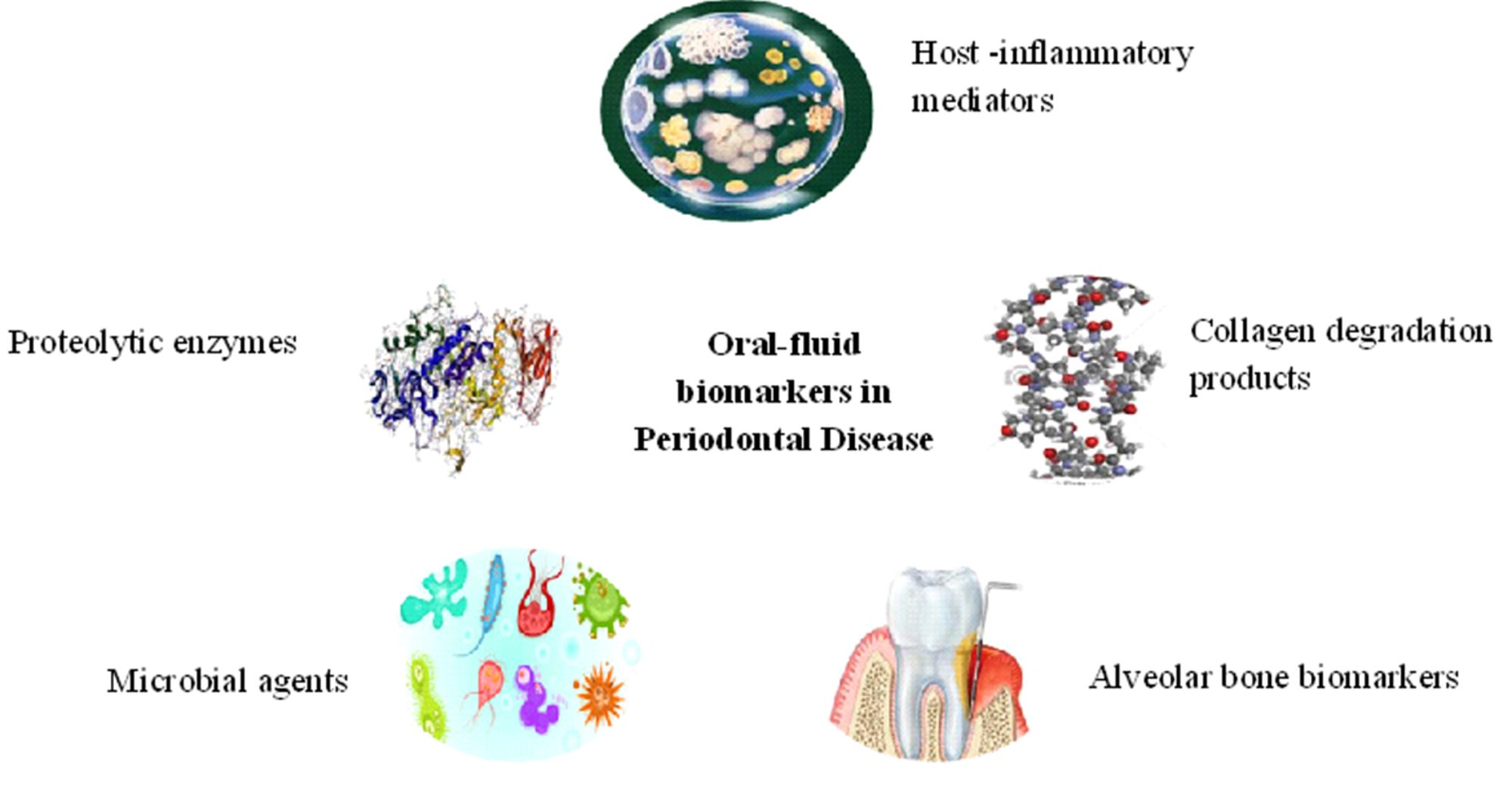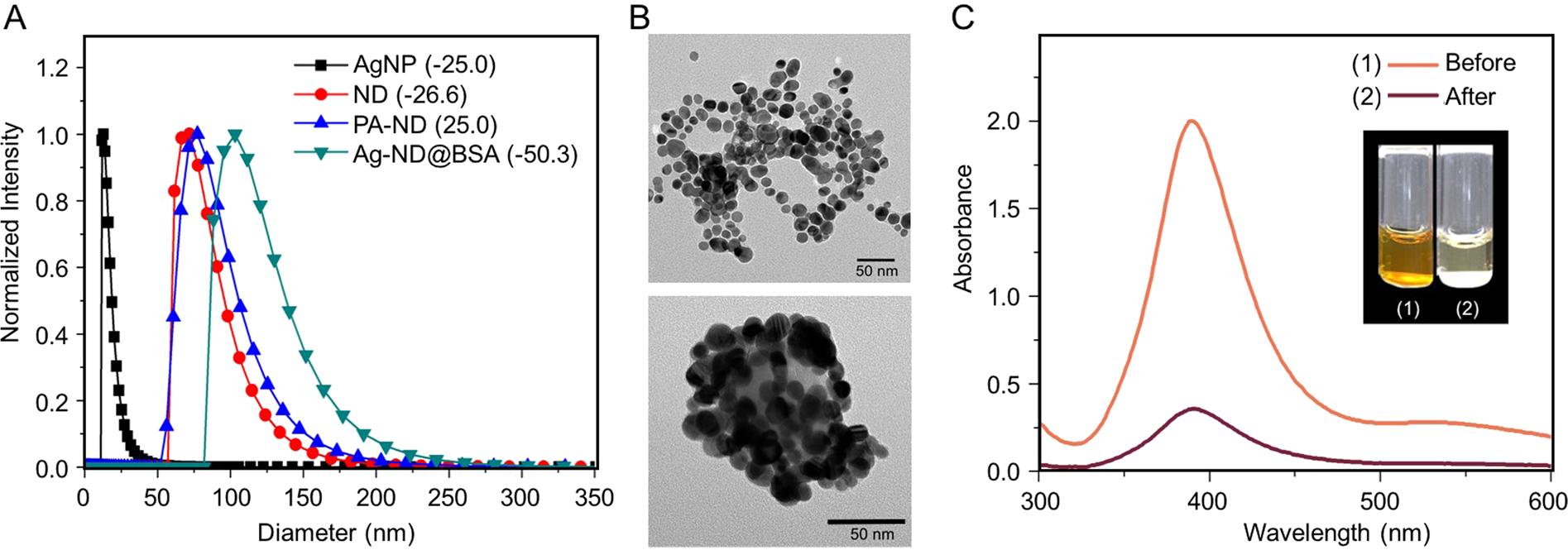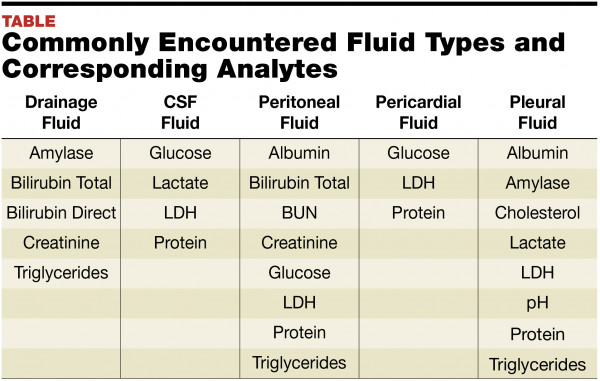Antimicrobial concentrations within the free interstitial fluid of a tissue are measured by insertion of a microdialysis probe into tissue usually muscle or subcutaneous adipose tissue. All chambers were tolerated well and the method proved to be effective for collecting data on the distribution of drugs throughout the body.

Antimicrobial Susceptibility Test And Assay Bls 206
Measurement of antimicrobial agents in serum and body fluids. However detailed studies of concentrations in tissue and pharmacokinetics are lacking. The probe has a semipermeable membrane at its tip and is constantly perfused with a physiologic solution at a flow rate of of 15 to 20 µlminute. With the availability of rapid accurate assays the measurement of antibiotic material in serum and other body fluids is feasible desirable and widely practiced for these purposes. The reference standard concentration is also pre pared in a normal human serum pool. In most cases the so called therapeutic concentration means that the local concentration of the antimicrobial agent should be at least equal to if not greater than the minimal inhibitory concentration of the infecting organism. Use of antibiotics to measure amount of antimicrobial agents chromatographic assays.
Applications significance of and methods for the measurement of antimicrobial concentrations in human body fluids. With the development of various assay techniques the total amount of antimicrobial agent in serum as well as in urine cerebrospinal fluid csf and other body fluids can be measured. In human subjects concentrations of drug in body fluids have been reported 4 7 9 11 12. Humanserum pools are prepared from serumcol. We are losing the war against bacteria. Antimicrobial agents and chemotherapy june 1993 p.
High performance liquid chromatography hplc. Focus on finding the biologically active amount of drug immunoassays. Measurements of radioactivity in tissues and blood accurately. Measurement of antimicrobial agents in serum and body fluids biological assys immunoassays chromatographic assays. The most simple is the agarplate disk diffusion bioassay which is similar in principle to the disk diffusion susceptibility test. Measurement of antimicrobial agents in serum and body fluids.
To a considerable extent however bio assays have been replaced by more efficient chromatographic immunologic or radioenzymatic methods for measuring antimicrobial concentrations in serum and other body fluids. Human serum samples containing unknown con centrations ofan antimicrobial are assayed as above but a normal human serum pool is used as diluent. The measurement of the antibiotic concentration in body fluids and tissue samples makes it possible to determine whether the drug concentration at the site of infection is high enough when compared with the mic value and thus to predict the therapeutic effect. Measurement of antimicrobial agents in serum and body fluids biologic assays. The concentrations of the respective drugs in simultaneously collected samples of fluid from each diffusion chamber were measured and compared with concentrations found at the same time in serum. The measurement of antibiotic concentrations in various fluids has been a prominent aspect of the evaluation of new antibiotics and the quality control of their manufacture.
The body site from which the organism was isolated. All serum results are referred to standard curves established with serumdiluents.

















